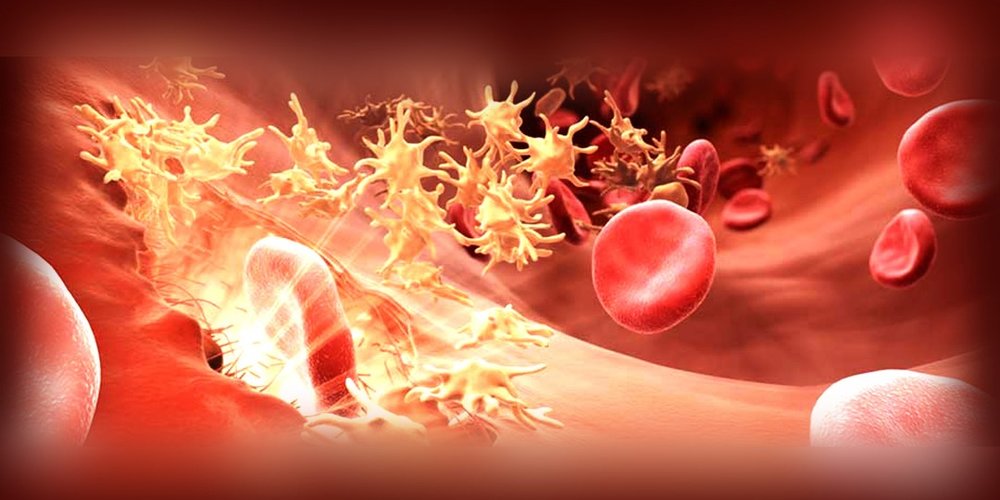Iran spends $38m on hemophilia patients

TEHRAN – A total of 1.63 trillion rials (nearly $38 million) is spent on some 5,000 hemophilia patients provided with health insurance coverage annually in Iran, head of Salamat health insurance organization affiliated with the Health Ministry, has said
Hannan Hajimahmoudi made the remarks on the occasion of “support for hemophilia week” in Iran, being observed on July 23-29, IRNA reported on Thursday.
Hemophilia affects approximately 10,500 people in Iran, he regretted.
Currently, over 5,000 of hemophilia patients are covered by the health insurance in the country, Hajimahmoudi said, adding that, the highest cost is spent on these patient’s treatment among other special diseases.
He went on to say that a monthly cost of 29 million rials (about $675) is paid for each hemophilia patient treatment, which means an annual cost of 340 million rials (about $8,000) per patient.
Blood transfusion services and some periodic tests are free of charge for patients suffering hemophilia, and about 19 types of hemophilia medicines are covered by the health insurance organization, he further explained.
The most important action taken by the health insurance organization is carrying out hemophilia tests during pregnancy on hemophilia carrier parents, which is done completely free of charge in some health centers, he also highlighted.
On average, each hemophiliac patient refers to healthcare centers affiliated to the health insurance organization 12 times a year and receives the necessary services, he added.
Hajimahmoudi also noted that about 64,000 patients with special diseases are covered by the country's health insurance, so, the ministry pays an annual cost of 9 trillion rials (nearly $214 million) for these patients to provide them with medicines and specialized services.
Head of transplantation and treatment affairs department at the Ministry of Health Mehdi Shadnoush, also explained that, in Iran, some 4,728 patients are suffering hemophilia A, some 990 hemophilia B, and a number of 3,776 are affected by other coagulation disorders, IRNA reported on Wednesday.
Shadnoush also added that some 60 specialized centers are currently providing services to hemophilia patients in the country.
Razieh Hantooshzadeh, a specialist for hemophilia disease at the Ministry of Health, also said that to help these patients, each of them receives an annual fund of 8 million rials (about $185) for dental services.
Hemophilia is a hereditary bleeding disorder, in which there is a partial or total lack of an essential blood clotting factor. It is a lifelong disorder, that results in excessive bleeding, and many times spontaneous bleeding, which, very often, is internal. Hemophilia A is the most common form, referred to as classical hemophilia. It is the result of a deficiency in clotting factor 8, while hemophilia B (Christmas disease) is a deficiency in clotting factor 9. This illness is a sex-linked recessive disorder.
According to hemophiliafed.org, the worldwide incidence of hemophilia is not well known, but estimated at more than 400,000 people, are suffering hemophilia around the world. All races and economic groups are affected equally. Most people with hemophilia A who have access to factor replacement therapy have a normal life expectancy and are able to lead a fairly normal life.
FB/MQ/MG
Leave a Comment